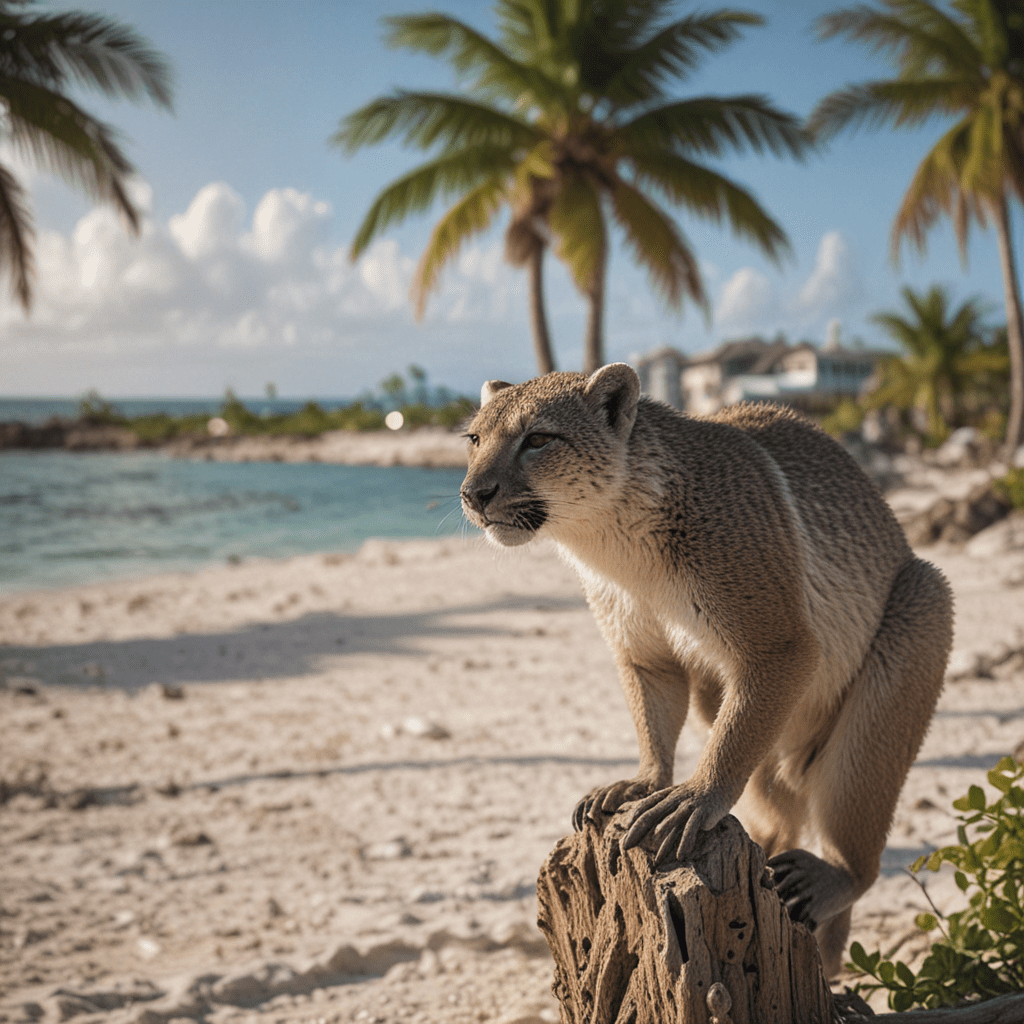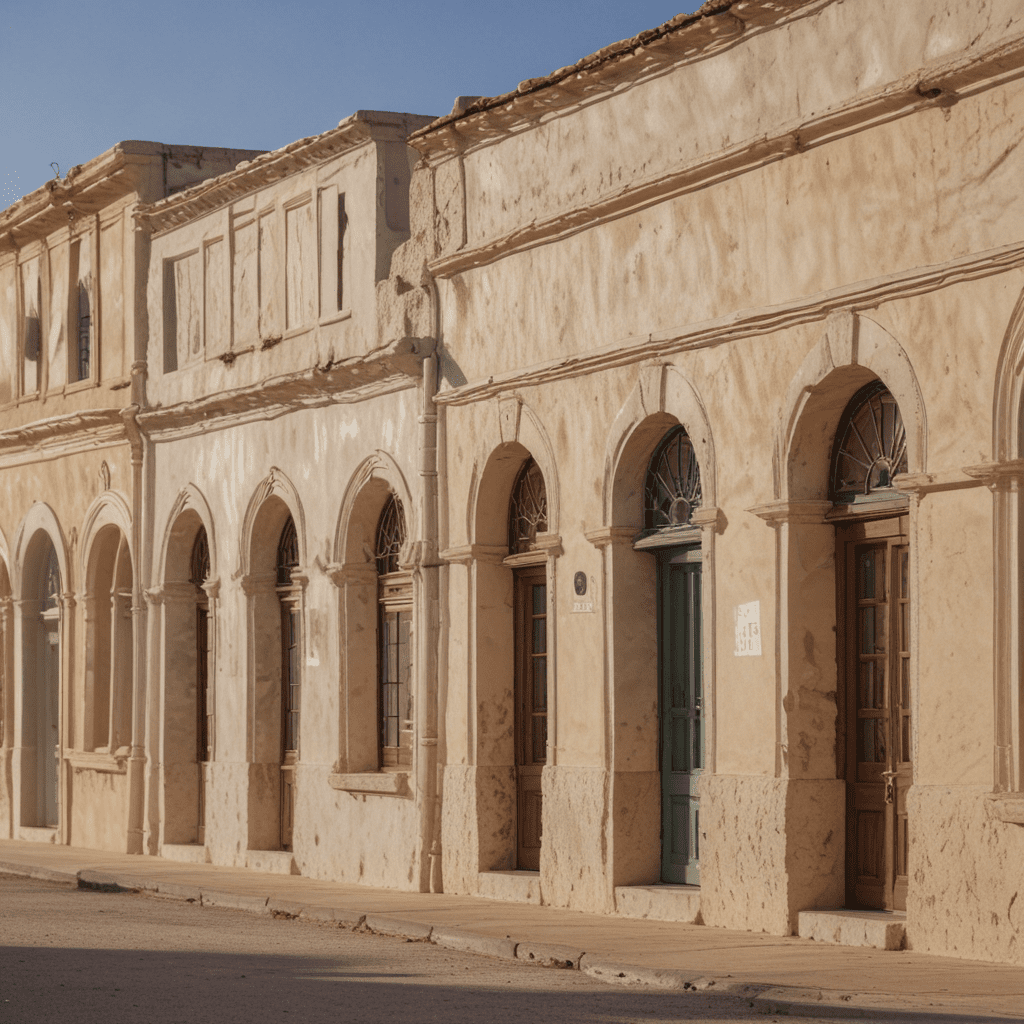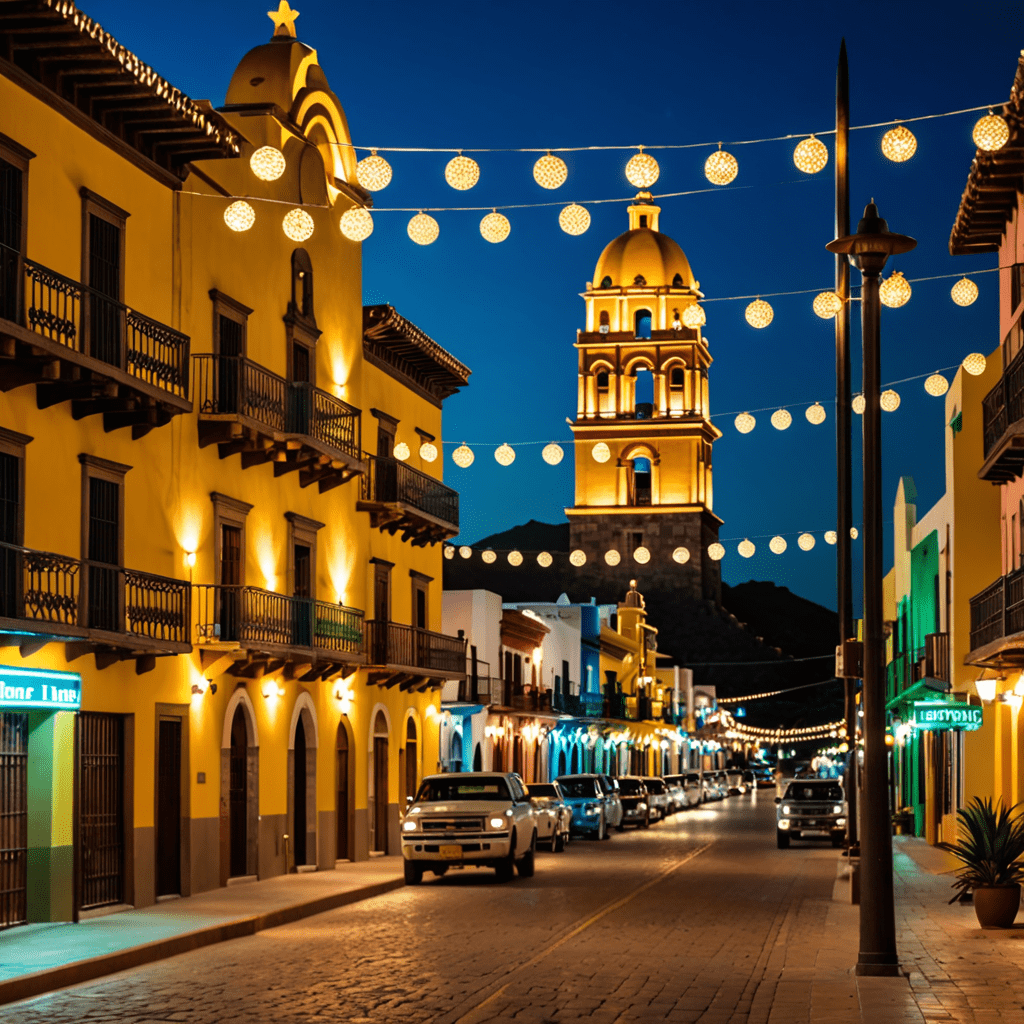
The Bahamas: A Haven for Rare Wildlife
Nestled in the azure waters of the Atlantic Ocean, The Bahamas archipelago is renowned for its captivating beauty and biodiversity. This tropical paradise boasts a treasure trove of rare and endangered wildlife, attracting nature enthusiasts, scientists, and eco-tourists from around the globe.
The Andros Barrier Reef: A Vital Marine Ecosystem
As the third-largest barrier reef system in the world, the Andros Barrier Reef stretches for over 200 miles along the eastern coast of Andros Island. This vibrant ecosystem supports an astounding array of marine life, including endangered species such as the Nassau grouper, the great hammerhead shark, and the loggerhead sea turtle. The reef provides critical spawning and nursery grounds, ensuring the survival of countless species.
The Exuma Cays Land and Sea Park: Protecting Coral and Wildlife
Spanning over 175 square miles, the Exuma Cays Land and Sea Park is a sanctuary for coral reefs, mangroves, and diverse marine life. The park encompasses pristine cays, azure waters, and vibrant coral gardens, making it a haven for snorkelers and divers. It protects the endangered conch, a significant cultural and economic resource for The Bahamas.
Inagua National Park: A Sanctuary for Flamingos
On the southernmost island of Inagua, Inagua National Park safeguards one of the largest breeding colonies of American flamingos in the Western Hemisphere. These captivating birds, with their vibrant pink plumage, gather in vast flocks, creating a breathtaking spectacle. The park also supports a variety of other bird species, making it a haven for ornithologists and birdwatchers.
Bimini Road: A Geological Formation and Cultural Wonder
Off the coast of North Bimini, Bimini Road is a submerged, rock-like formation that has sparked intrigue and speculation for centuries. Some believe it to be the remnants of an ancient city, while others attribute it to natural geological processes. Regardless of its origins, Bimini Road serves as an important habitat for marine life, attracting curious divers and snorkelers to explore its underwater mysteries.
Conception Island National Park: A Unique Bird Sanctuary
Nestled in the central Bahamas, Conception Island National Park is a haven for bird enthusiasts. Boasting over 100 species of birds, including the endangered Bahama parrot, the park is a sanctuary for these vibrant avian residents. The island's diverse habitats, ranging from pine forests to coppice woodlands, provide ideal nesting and foraging grounds for a wide variety of bird species.
The Lucayan National Park: Exploring Underwater Caves and Reefs
Spanning over 40 square miles, the Lucayan National Park encompasses a breathtaking network of underwater caves and vibrant coral reefs. The park's crystal-clear waters offer unparalleled visibility for snorkelers and divers, revealing a kaleidoscope of marine life. The caves, adorned with stalactites and stalagmites, provide a glimpse into the island's geological history, while the reefs teem with colorful fish, corals, and other marine wonders.
The Abacos National Park: A Haven for Sea Turtles
Located in the northern Bahamas, the Abacos National Park is a sanctuary for sea turtles. The park's pristine beaches and shallow waters provide ideal nesting and feeding grounds for these gentle giants. The Abacos are home to the Hawksbill, Green, and Loggerhead sea turtles, which can be observed nesting on the beaches during the summer months. Visitors can also witness the release of rehabilitated turtles back into the wild, a truly heartwarming experience.
The Bahamas National Trust: Conserving the Islands’ Biodiversity
Established in 1959, the Bahamas National Trust is a non-profit organization dedicated to conserving the archipelago's natural heritage. The Trust manages over two million acres of protected areas, including national parks, reserves, and marine sanctuaries. Through research, education, and advocacy, the Bahamas National Trust plays a vital role in safeguarding the islands' unique biodiversity for generations to come.
The Future of Wildlife Conservation in the Bahamas
The Bahamas government and conservation organizations are committed to ensuring the long-term protection of the islands' wildlife and ecosystems. Ongoing efforts focus on sustainable tourism practices, marine conservation initiatives, and habitat restoration projects. By working together, the Bahamas aims to preserve its natural treasures for future generations while fostering a thriving and sustainable future for both wildlife and people.
FAQs
Q: What is the best time to visit the Bahamas for wildlife viewing?
A: The Bahamas offers year-round wildlife viewing, but the best time to see migratory birds and nesting sea turtles is during the spring and summer months.Q: Are there any guided tours available to explore the wildlife of the Bahamas?
A: Yes, many tour operators offer guided tours to various national parks and protected areas, providing expert commentary and insights into the local wildlife.Q: What are some tips for responsible wildlife viewing in the Bahamas?
A: Observe wildlife from a distance, avoid disturbing their natural behavior, and refrain from feeding or touching animals. Always follow the guidelines and regulations established by the Bahamas National Trust and park authorities.


